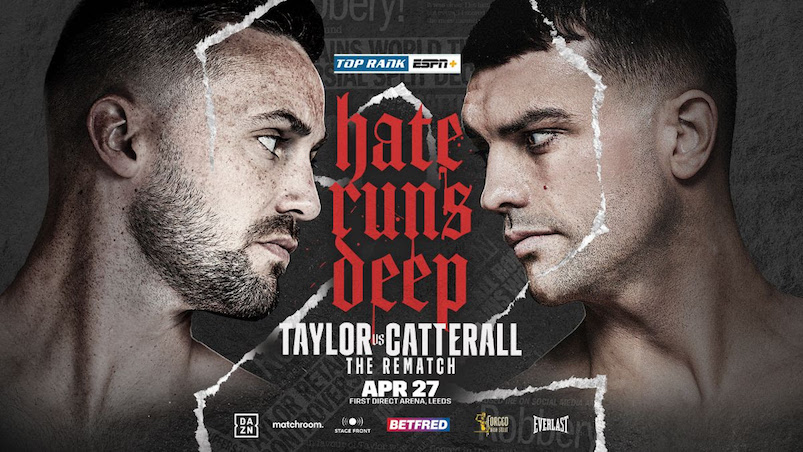The Milwaukee Bucks had a shot, a real shot, at making the NBA Finals. They were the best team in the NBA all season long, and rolled through the first and second round of the playoffs to make their first Eastern Conference Finals since 2001. And once there, they took the first two games against the Toronto Raptors and were in prime position to keep the run going.
And then it was over.More specifically, the combination of Kawhi Leonard flipping the switch, Nick Nurse flipping the script, and Fred VanVleet hitting flippin’ everything ended Milwaukee’s postseason. The Raptors thoroughly beat the Bucks, putting Mike Budenholzer and company in a position where there just weren’t any answers to be found. It was hugely disappointing, given how the Bucks had gone 10-1 going into Game Three, but the season still didn’t feel like a disappointment.
How did we get here? There are seemingly dozens of questions, each of them containing answers that could point to a possible root cause of the Bucks’ collapse. What sunk Milwaukee and kept them out of playing in June?
Could it be injuries? The Bucks won 60 games in the regular season while enjoying a remarkably low usage of the Inactive List, until the very end of the regular season. Malcolm Brogdon (foot), Tony Snell (ankle), and Nikola Mirotic (hand) all missed significant time going into the playoffs, forcing Coach Bud to realign his rotation around Giannis Antetokounmpo. Of course, everyone was back in action against the Raptors, but did the missed opportunities to coalesce and develop deeper on-court chemistry scuttle the Bucks’ chances? Could the same be said of Golden State, who endured a far worse spate (Kevin Durant (calf/Achilles), Klay Thompson (hamstring), DeMarcus Cousins (quad), Kevon Looney (collarbone), Andre Iguodala (leg)) of injuries, which also made them enormouslyvulnerable?
Was it a lack of discipline? Is it as simple as the Raptors having more than enough of it, while the Bucks ran out? Here’s how Golden State Of Mind characterized the discipline differential after Game Four of the NBA Finals:
The Warriors have always thrived in organized chaos, but that chaos has always run the risk of being uncontrollable, a glass cannon that has the potential to do massive damage but is always in danger of being shattered. The Raptors, on the other hand, value each and every possession by playing in a controlled manner. Seemingly never in panic, they patiently find holes in the defense, and once they find that weakness, they mercilessly batter it until the defense finally relents and breaks.
That steadfast, “never panicking” approach to playoff basketball is eerily reminiscent of the Bucks-Raptors series; once Coach Nurse made the defensive adjustment in Game Three, the Milwaukee offense was stymied while Leonard, Kyle Lowry, and company worked to erode what was once the league’s most effective defensive system.
Is there an inherent existential weakness to Milwaukee’s approach? More specifically, does Giannis’ unprecedented impact on the Bucks make it so that they’re somehow not built to succeed on the highest stage, whereas a “conventional” superstar like Kawhi can? Leonard can make hay from the dreaded midrange, whereas Giannis’ shooting struggles were a prerequisite for Toronto’s defensive adjustment in Game Three that turned the series into a slog that the Bucks could not escape. From RaptorsHQ:
One thing that has been continually remarked about this Raptors’ team, though, is how poised they’ve been, how unfazed they are by the stage they currently occupy. Various members of the Raptors have said that this mentality in large part stems from the presence of Kawhi Leonard, with members of the team mimicking Leonard’s trademark stoicism and focus.
The Raptors, as a result, have been steady throughout the series, never too high, never too low. Keeping an even-keel would surely help them bounce back following a half in which they missed easy shots and were unusually careless with the ball.
Or was it plain dumb luck? In the ECF, the Raptors shot well both from deep and on free throws (shooting splits: 0.416/0.374/0.808) compared to the Bucks (splits: 0.424/0.310/0.724). Milwaukee was over 4% worse on threes than they were in the regular season, and over 5% worse on free throws; Toronto was nearly a full percentage point better on threes and about the same on foul shots...but they were a full 8% better from the line than the Bucks! These tiny margins matter in situations like Game Three, a game that turned into a double-overtime loss. One single point in regulation could have turned the tide of the series completely in the Bucks’ favor, had they gone up 3-0. What if Fred VanVleet’s slump continued and Nikola Mirotic’s was broken? You never know...
Frustratingly, the truth is probably “all of the above.” The Raptors were more disciplined than the Bucks, they did have slightly fewer health concerns (Kawhi’s quad not withstanding), they did match up against Milwaukee exceptionally well, and they did have more luck on their side than one might expect. Even more aggravating is that, because we don’t know the outcomes of the summer (which Bucks will stay and which will go? Kawhi and KD and Kyrie: #HeStay or #HeGone?), it might feel like the Bucks are already on the wrong side of their window to contend.
The future of the NBA is all but certain. The balance of power is sure to sway as some of the game’s top players exercise their free agency, and while Milwaukee might be able to maintain their position in the league’s top tier, the competition will not give them any room for error.
Welcome to the offseason.



